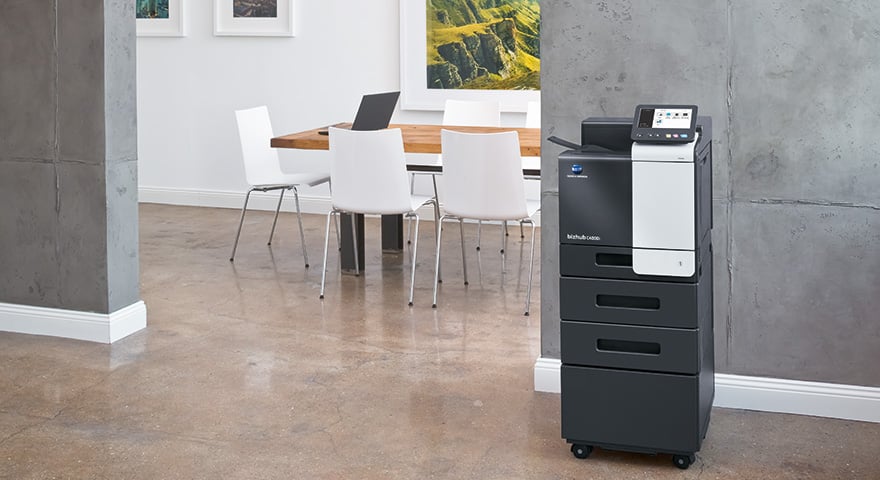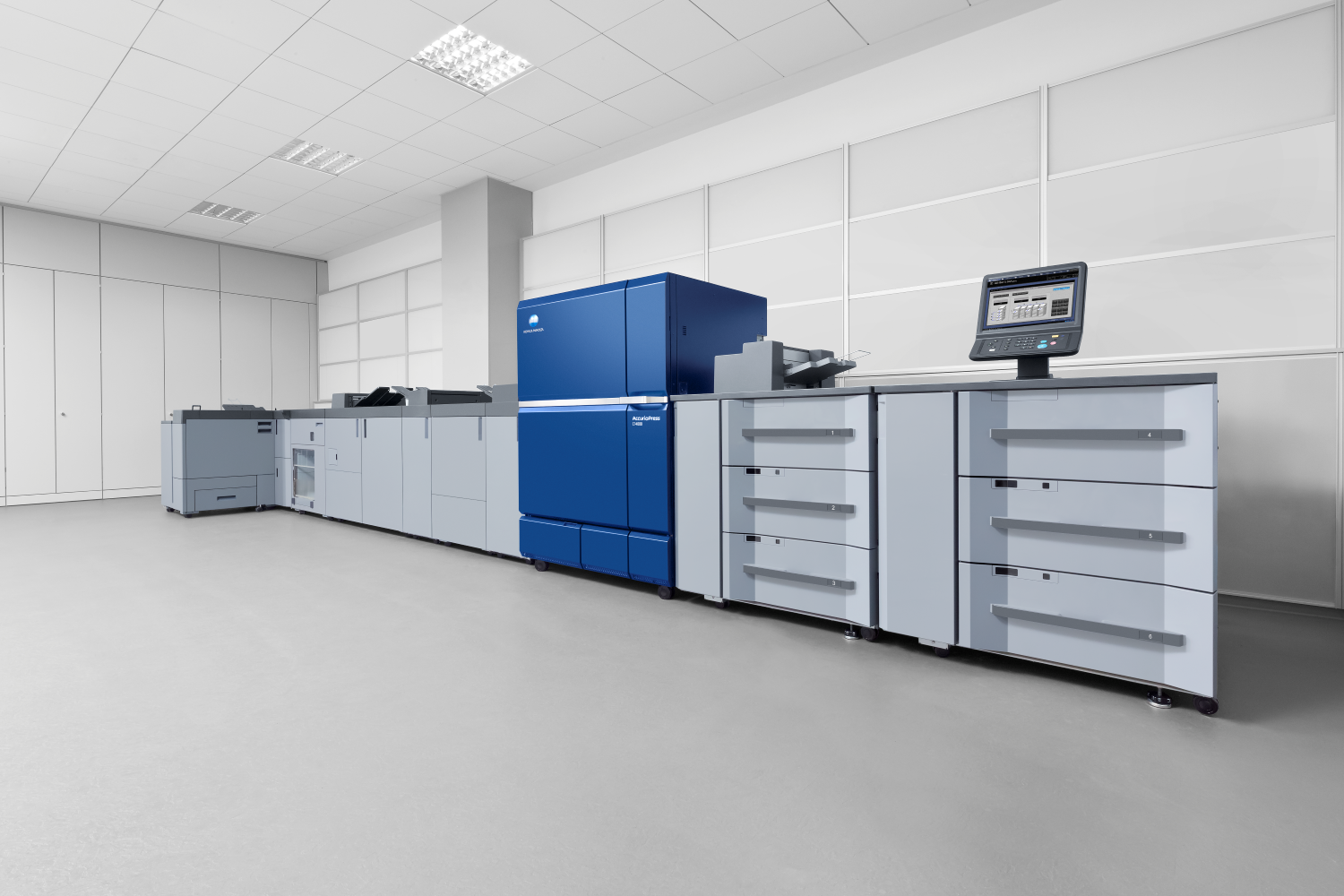Recent high-profile data breaches have shed light on the ease with which cybercriminals can access seemingly well-equipped ‘big game’ entities. It also demonstrates the scale and severity of cyberattacks, which have evolved, proliferated, and become more sophisticated than ever before.
As workplaces continue to move from office-centred work environments to remote and hybrid working environments, and the cyberthreat landscape continues to expand and escalate, they tend to overlook one key cybersecurity risk: unsecured printers.
It’s not just remote and hybrid workplaces, either. Printers in the office also pose a real and often overlooked security risk, particularly when the printer is open to anyone in the office and is connected to an unsecured wireless network.
Network-connected devices give end users flexibility and efficiency in the office by offering remote use and enhanced print speed, paper handling, and advanced finishing capabilities. Unfortunately, these same endpoint devices are attractive targets for hackers who can expose an entire network to data theft, operational disruption, and financial and reputational turmoil.
However, when businesses evaluate their network security threats, they usually focus on PCs and overlook printers because the printer’s functionality seems so basic.
Printer security threats to watch out for
Printers and multifunction devices can pose a significant cybersecurity risk for many reasons. These include:
- printers are connected to the internet, making them a potential entry point for cybercriminals if remote access isn’t restricted
- printers retain information on their hard disks, which can be accessed by hackers
- data transmissions can be intercepted, compromising confidential information
- printers can be taken offline by malicious actors, causing business disruption
Businesses must understand that securing virtual workspaces requires additional investments in hardware and technology beyond the usual firewalls and processes they could implement directly on their internal server. Even with security measures in place, printers can serve as an often underestimated but easy entry point for cyberattackers.
As with any connected device, once a printer is connected to the internet, it can put an entire network at risk. For example, a threat actor can use an unsecured printer as a gateway to a business’s other network-connected devices, such as employee laptops, mobile phones, and even Internet of Things (IoT) devices.
Once inside the network, they can access confidential documents and sensitive data and suddenly expose a business to significant consequences. And, in light of recent high-profile cyberbreaches, the focus on potential gaps and risk mitigation should be a focus for every organisation.
Although modern businesses are moving towards technological advancements and transformations that reduce the use of paper-based processes, printers, in many instances, remain a vital part of business tasks. Securing connected devices is critical for businesses to continue their digital transformation and operate confidently.
The importance of securing printers
Due to remote working, the number of home printers used for company printing is also a growing problem. Many businesses are unaware that, like other connected devices, newer printers store sensitive data copies on their hard drive and can be transferred unencrypted using the network. Additionally, some devices can include administration and remote control available via websites.
If the printer is not properly secured, or unsecured altogether, unauthorised users could gain control of the printer from a remote location, and cybercriminals can access unauthorised confidential information, posing a risk of data leaks. Even more problematic, once hackers are aware of the unsecured entry point, they also have access to the connected network to view sensitive files and even browse company emails.
Cybersecurity experts at CyberNews recently demonstrated the reality of how vulnerable unsecured printers can be. They hacked 50,000 connected printers and close to 28,000 of those printers’ fell victim to the attack, which forced the printers to print out a document about printer security1. This provides a clear example of how problematic unsecured printers can be.
The ideal solution then is to secure networked printers with an appropriate strategy to protect the business’s data and network. For example, it is crucial for businesses to build an IT cybersecurity strategy to implement the latest security software on each employee’s printer. This strategy should ensure there is additional security functionality that allows for document encryption, remote monitoring, and port security.
Additionally, businesses could use cloud applications or a virtual private network (VPN) to further secure devices. Both options provide point-to-point protection to make printing safe for remote and hybrid workers.
A proactive approach to preventing printer data breaches
As printer use continues, it is crucial to safeguard business data with the correct protection and processes in place to avoid security breaches. Konica Minolta puts its products through rigorous internal cybersecurity tests to protect systems to ensure the entire product line is compliant with the highest data privacy and endpoint security standards. All of Konica Minolta’s products are up-to-date and certified, equipped with user authentication, virus-free, and any data contained in internal storage media is encrypted and can be password-protected.
For many of our customers, especially in government, finance, and healthcare, even 99 per cent isn’t secure enough. We have committed to making our products even safer for our customers by enlisting the help of an independent company, NTT DATA Security Services, to provide brute force device penetration tests beyond the common criteria and industry standards. In an environment where customers are increasingly concerned about security, NTT DATA’s extra testing provides an added sense of confidence.
Further, Konica Minolta’s bizhub Secure services help reduce the potential of security leaks through the automated configuration of machines for optimal security, automated deletion of any files, password protection, storage encryption, and a sticker for the outside of the machine alerting staff to the security measures, which acts as a physical deterrent.
Konica Minolta’s bizhub Secure services help ensure your company information receives the highest possible security protection. To learn more, contact the team today.
[1] https://cybernews.com/security/we-hacked-28000-unsecured-printers-to-raise-awareness-of-printer-security-issues/





